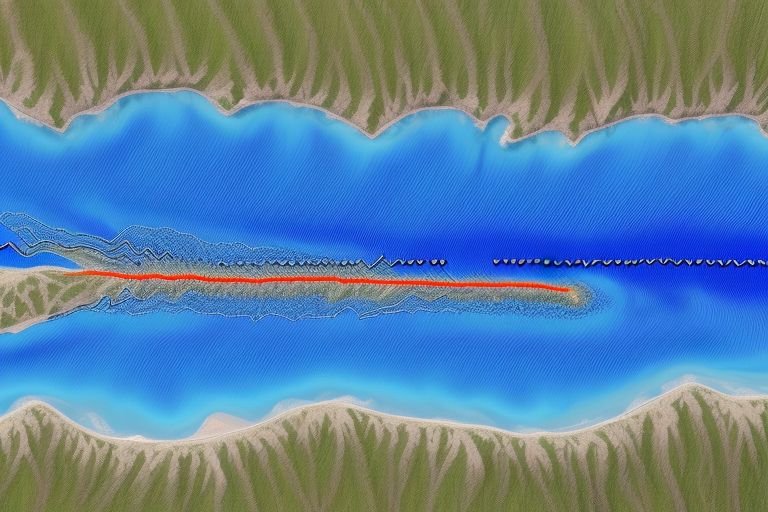Scientists have made a groundbreaking advancement in data storage technology with the development of a new optical data storage method. This innovative technique leverages light patterns to encode data at the molecular level, which could dramatically increase the storage capacity and durability of media. With the potential to enhance storage capabilities by hundreds of times over existing technologies, this development is poised to revolutionize data centers, multimedia libraries, and archival storage systems.
This new optical data storage technique utilizes complex patterns of light to manipulate and store information on a molecular scale. The method involves using precise wavelengths and orientations of light to trigger specific chemical reactions in storage materials, effectively writing data by altering the molecular structure.
Key Advantages of Molecular-Level Storage
The shift to storing data at the molecular level offers significant advantages:
Increased Storage Capacity: By utilizing the compact nature of molecules, this technology can store vast amounts of data in a much smaller physical space, potentially increasing storage density exponentially.
Enhanced Durability: Molecular data storage can withstand environmental factors such as temperature fluctuations and electromagnetic interference better than traditional magnetic and optical media.
Long-Term Stability: Data stored at the molecular level is less prone to degradation over time, making it ideal for long-term archival purposes.
The implications of this storage technology extend across various sectors:
Data Centers: With ever-growing data needs, data centers can benefit from the increased capacity and efficiency, reducing physical space requirements and energy consumption.
Multimedia Libraries: High-capacity storage allows for more extensive and higher-quality digital media collections, enhancing access to digital entertainment and resources.
Archival Storage: Institutions like libraries, governments, and research facilities that need to preserve vast amounts of information for long periods can do so more effectively and securely.
Challenges to Overcome
Despite its potential, the widespread adoption of this new optical data storage technology faces several challenges:
Technical Complexity: The precision required in manipulating light patterns at a molecular level demands advanced technology and expertise, potentially increasing the initial costs and complexity of storage systems.
Integration with Existing Infrastructure: Adapting current IT systems to this new technology may require significant changes in hardware and software, as well as compatibility adjustments.
Scalability: Scaling this technology from laboratory settings to industrial-scale production and everyday use will be a crucial hurdle to cross.
Future Prospects
Looking forward, continuous advancements in nanotechnology and photonics are expected to further enhance the capabilities and reduce the costs of optical data storage. Researchers are also exploring hybrid systems that combine molecular data storage with existing digital storage solutions to create ultra-high-capacity, durable, and efficient storage systems.
The development of a new optical data storage method that stores information at the molecular level represents a monumental leap in the field of data storage technology. This innovation promises not only to expand the capacity and durability of storage media but also to transform the infrastructure of data management across many industries. As this technology progresses, it could redefine the standards of data storage, meeting the rapidly expanding demands of the digital age in revolutionary ways.
























+ There are no comments
Add yours